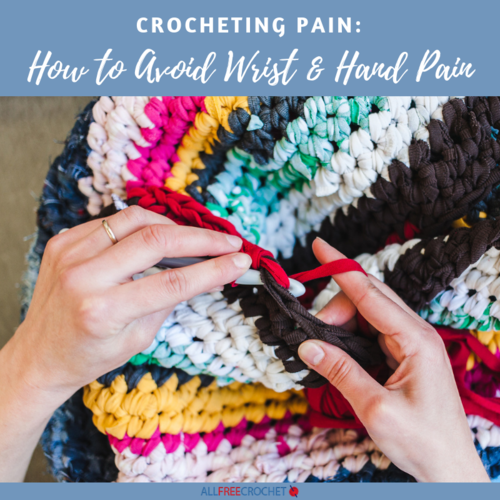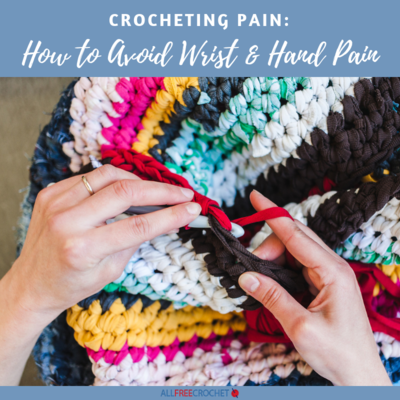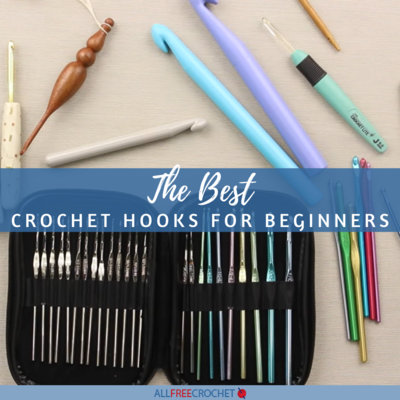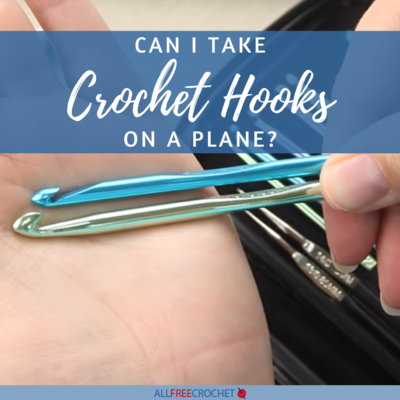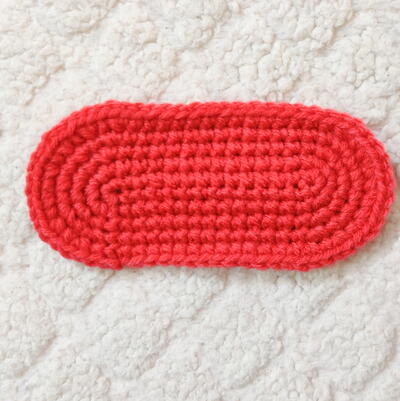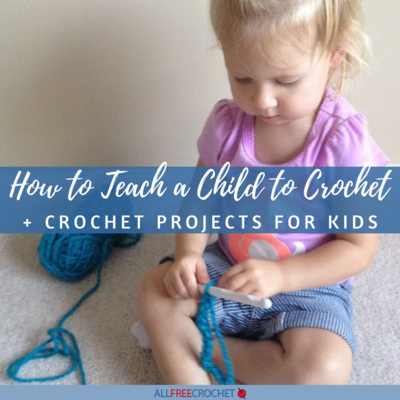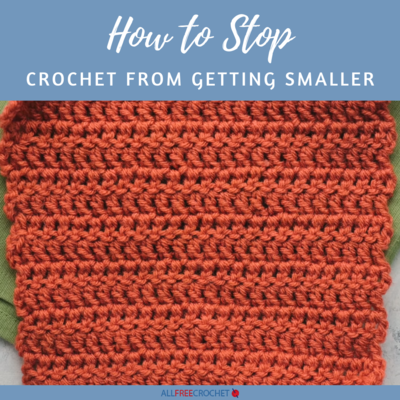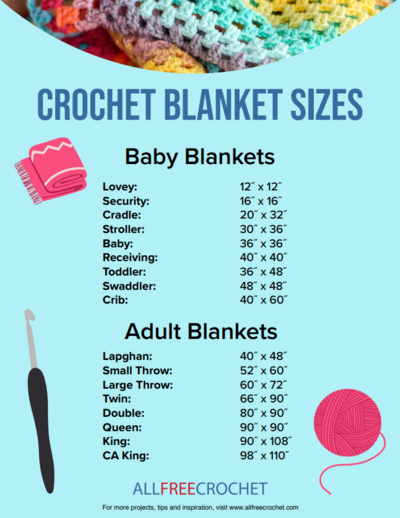Crocheting Pain: How to Avoid Wrist and Hand Pain
Crochet hand pain is real and can ruin a perfectly good day of crochet. Check out our tips for feeling fine.
Nothing can put a stop to your crochet flow like hand strain, especially when it puts you out for several days. This resource focuses on crocheting pain and how to avoid wrist and hand pain when you are crocheting. It provides valuable crochet tips and techniques to prevent this fatigue not only during your hooking but before and after.
Crocheters often experience this issue when they embark on intense periods of work, without taking breaks and letting bad habits go. Some wonder, "Is crocheting bad for your hands?" No, it is not but it does require some self-care.
While repeating the same motion has garnered lots of attention thanks to carpal tunnel syndrome, this is not the only source of discomfort. Holding crochet hooks too tightly and using thin hooks that force your hand to contort also contribute to crocheting pain.
While this might all sound a little scary, you can avoid these pitfalls easily through breaks, adjusting your techniques, and stretching or exercise. Even though you crochet because it's fun, you still have to be careful about overdoing it.
Keeping in mind the do's and don'ts of crochet will help you take care of yourself, even when you have set a tight timeline for the finished product and are rushing to beat the clock on an important crochet gift or crochet blanket pattern. A healthier you will ensure that crocheting stays a positive, uplifting experience that you can enjoy.
Editor's note: Please consult a doctor for serious or unmanageable pain. This information is intended to provide guidance for mild pain associated with crocheting.
No Pain Crochet: How to Fight Fatigue in Your Hands and Wrists
The only struggle you should experience is how to decide which amazing pattern to start next. Crocheting should never cause you pain, so if you are feeling discomfort, try adjusting your techniques or adding some of these stretches or exercises to your routine.
This advice is helpful for activities beyond crochet, too. Knitting, drawing, or any other crafts or hobbies that use fine motor skills can cause similar pains and fatigue, so keep these tips in mind for everything you do!
These little exercises are vitally important to keep in mind even if you aren't feeling pain so that you don't suddenly injure yourself and wind up forgoing your hooks for a long period of time while you heal.
Below, we have lots of tips to help you be more mindful and careful when you crochet as well as activities and exercises you can use to help your existing or help to prevent future crocheting pain.
Crochet Tips for Posture and Hand Position
Figuring out how to relieve hand pain can sometimes be as simple as looking at your crochet basics. Listen to your body, and if you are uncomfortable, change its position. From how you hold your wrists to the style of your hook, everything matters. If you feel generally stiff or achy when you get up from crocheting, test out some of these techniques.
- Keep it Straight
You should always try to keep your wrists straight instead of flexed (even when you aren't crocheting). If this is hard at first, you can try using a wrist brace or guard that will help keep it properly aligned.
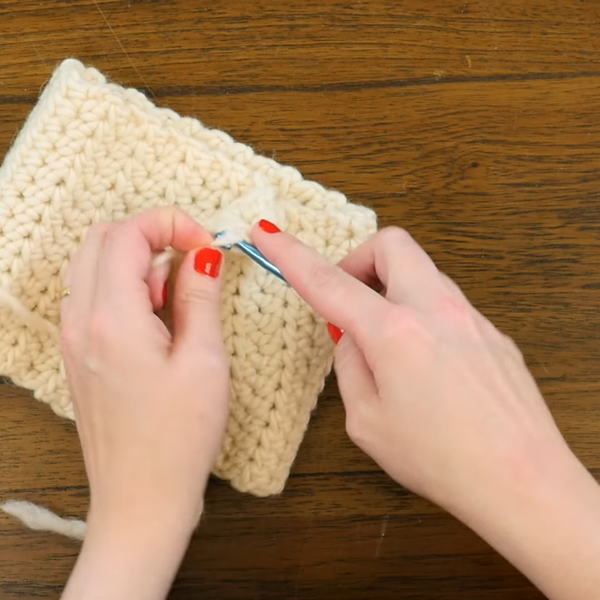
- Hook Holding
Be conscious of how you hold your hooks. As mentioned, this can be a primary source of pain. Many crochet hooks are crafted to help with this through their thickness, shape, and even cushion, so do some experimenting with different brands that provide the most comfort for your taste. An ingenious DIY idea is adding a pencil grip to your hooks. You can also purchase ergonomic hooks that are specially designed to fit the natural shape of hands.
Learn more about ways to hold a crochet hook with this article, How to Hold a Crochet Hook.
- Perfect Posture
Posture, posture, posture! It's a balance between slouching and being rigid that can be difficult to find, but once you do, it will greatly relieve your body's soreness. Don't tense your shoulders or press your elbows into the chair while you crochet, but be sure to sit straight. It's just as important here as when working at the office or taking a long car drive. This doesn't mean you need to lean too far forward, though, and hurt your neck with an awkward position. Try using pillows and adjusting your support.
Take a Break
Taking a break may not be the most popular option, but it is one of the most important. In the end, it will make you more productive because it will keep you fresh, and you won't be struggling through pain afterward.
- You Time
When to take the break and how long it should last is different for everyone. Whether you take twenty minutes, an hour or even a day just depends on your body and how you feel. The most important thing is to give your hands time to recover from being in the same position with the same type of pressure.
- Move It
Don't just sit there during your breaks, but get up and move. Oxygen will start flowing, blood will pump, and energy will return, even if you just take a walk around the house.
- Prevention is Key
Don't wait until you feel any pain to quit working. Feeling unstoppable on a good day may tempt you to just power through that big project that has been waiting, but it isn't worth the hand strain that will catch up to you. Schedule periodic breaks every hour to make sure you are staying strong, fresh, and healthy.
Building Strength and Endurance
While legs and arms seem to get the spotlight from workouts, the muscles in your hands and wrist are equally important when it comes to crocheting. You build up your ability to crochet longer just as you do your skills moving from beginner patterns to advanced.
This is especially true when you introduce stretches and exercises that focus in on your strength. More flexible fingers that are accustomed to being worked through different motions will be stronger and more reliable tools.
- Start Small
Prepare yourself for the bigger projects by starting with smaller patterns and shorter periods of crocheting. Train yourself with good habits like posture and grip so that when it comes time to meet deadlines or finish a large project, you will be prepared.
- Stretch It Out
Stretch your hands before you start and during your breaks. There are so many different ways to do this, but some of the best include rolling your wrists around, spreading your fingers like a starfish, spreading then making a pinching motion several times, or even shaking your hands out to get the blood flowing. Of course, there is also the traditional fist motion and release, where you gently curl your fingers into a ball and squeeze with your thumb before letting go and stretching your fingers back out again.
- Flex Against Fatigue
As always, exercising is one of the best tips for how to fight fatigue before you feel it. Hand and wrist exercises are as abundant as stretches. You can use hand weights to do wrist curls and a stress ball to strengthen your hands and fingers. You can also try several different ways to flex your fingers, a little like doing push-ups for your hands. Putting your hand flat on the table and lifting/spreading your fingers repeatedly seems simple but will get your fingers used to repetitive motions and able to handle a wider range of movement.
Try making and using this Crochet Lemon Stress Ball to help.

- Go Head to Toe
Stretch your whole body, especially your shoulders and back. Just because the pain is in your hands doesn't mean that the rest of your muscles aren't contributing to a general feeling of discomfort. Rotating your head around like it is on a swivel, rolling your shoulders, and linking your hands and stretching them out in front of you are all great ways to relieve tension from staying in the same spot for too long.
- Strip Tip
Try heating or cooling pads/strips just as you would if you had back pain for the pain you have related to crocheting.
- PLUS!
Why do crocheters and knitters like this hobby? How do they relieve stress and pain? Find out with this handy Stich Away Stress infographic from the Craft Yarn Council:
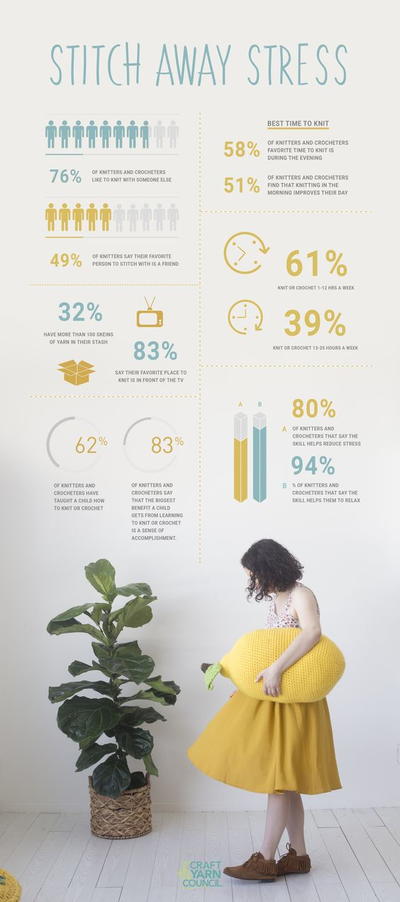
How do you #stitchawaystress?
Your Recently Viewed Projects
flowergirl
Oct 30, 2018
It's the big projects that always make my wrists cramp. It's important to take a bunch of breaks when you're working on blankets or throws. One thing I noticed is that I used to hold my hook in the wrong way. These tips will help me stop my wrist and hand pain.
Delphine Bryant
Aug 03, 2018
These are all great ideas. No matter the hobby that we have there can be pit falls if you do not care for yourself. My favorite way to keep my self pain free is to get up after 45 min or so (if I am that lucky to get an extended period) and go grab some water. I do that for diet purpose. Putting those hand in hand, I have been able to loose a few pounds and if I keep it up I hope to loose more. You must find what will work for you.
Morehouse17
Jul 18, 2018
The only time I tend to have pain when crocheting is when I use the smaller steel hooks. They are so small to hold but the hook needs to be to work with the crochet thread. I had never thought o investigate to see if I could apply something to aid in holding it. Now my new search is to find those holders for the steel hooks.
princess6860504
Jul 08, 2018
Honestly, I have never really had any hand pain when I am crocheting. The only times where my hands and fingers fee like I am working hard at crocheting is when I am working with fabric "yarn". I am currently making a circular rag rug made from this fabric yarn from Hobby Lobby, Yarn Bee. I am not sure if it is my hook that is not particularly compatible with the yarn or what, but it can get difficult! These stretches will come in handy now. Thanks for the suggestions.
JaneEK
Jul 24, 2017
I already have problems with Carpel Tunnel due to an auto accident, and even a de Quervains release didnt solve the problem. Because I learned to knit before crochet, I hold my hook like a knitting needle. All of the above are excellent tips for fighting physical fatigue, but I have to admit, sometimes mine is more mental. Thats when taking a break and doing something else for a while really helps.
mulberrygalprinces s
Jul 10, 2016
These are very helpful tips for helping with my wrist pain. I started wearing a wrist support many years ago to help. It's the same kind they use for carpal tunnel syndrome. That helped a lot.but adding these suggestions along with it will surly help even more. Thank you so much for sharing these ideas.
Report Inappropriate Comment
Are you sure you would like to report this comment? It will be flagged for our moderators to take action.
Thank you for taking the time to improve the content on our site.

